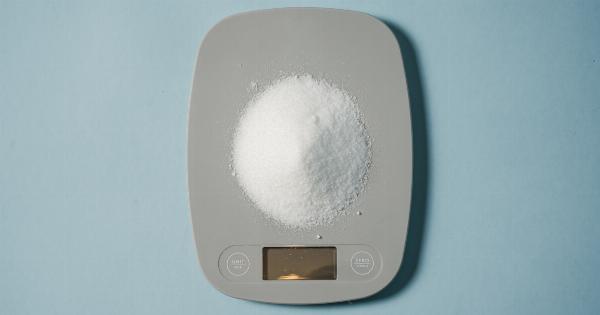Proper hydration is essential for the overall health and well-being of children.
Water is not only important for basic bodily functions, but it also plays a crucial role in maintaining proper temperature, lubricating joints, and ensuring efficient digestion. However, the water needs of children differ based on their age and gender.
This article provides a comprehensive table that outlines the recommended daily water intake for children, helping parents and caregivers ensure that their little ones stay adequately hydrated.
Why is Water Important for Children?
Water is the main component of the human body and plays a crucial role in various physiological processes. For children, who are still growing and developing, proper hydration is even more important.
Here are some key reasons why water is essential for children:.
Table: Recommended Daily Water Intake for Children (in ounces)
| Age | Boys | Girls |
|---|---|---|
| 1-3 years | 30-48 | 30-48 |
| 4-8 years | 48-64 | 48-64 |
| 9-13 years | 64-88 | 64-88 |
| 14-18 years | 84-128 | 64-104 |
Understanding the Table
The table above shows the recommended daily water intake for children based on their age and gender. The values are provided in ounces, which is the standard unit for measuring fluid intake.
It’s important to note that the specified ranges represent the general guidelines and may vary depending on individual factors, such as activity level and climate.
Water intake requirements remain relatively consistent between boys and girls until the age of 14. After that, due to differences in body composition and hormonal changes, boys generally require slightly more water than girls.
It is also worth mentioning that these recommendations include water from both beverages and food sources.
Factors Affecting Water Needs in Children
While the table provides a general guideline, it is necessary to consider various factors that can influence a child’s water requirements:.
1. Activity Level
Children who engage in regular physical activities and sports tend to lose more fluids through sweat and may need to consume additional water to remain properly hydrated.
2. Climate
Hot and humid climates can increase sweating and evaporative water loss, making it crucial for children in such environments to increase their water intake to avoid dehydration.
3. Illness
Children who are ill or experience conditions such as fever, vomiting, or diarrhea may require additional fluids to compensate for fluid losses and prevent dehydration.
4. Body Weight
Children with higher body weights generally have higher water needs. Therefore, it’s important to ensure that adequate fluids are consumed to support their growth and development.
5. Individual Variations
Every child is unique, and some may have higher or lower water requirements based on genetic factors or underlying health conditions. Consulting a healthcare professional can help determine individual hydration needs.
Tips for Encouraging Children to Drink More Water
Getting children to drink enough water can sometimes be a challenge, especially if they prefer sugary beverages. Here are some tips to encourage children to consume more water:.
1. Set an Example
Children often imitate their parents and caregivers, so make sure to drink water yourself and let them see it. This sets a positive example and reinforces the importance of hydration.
2. Make it Fun
Get creative and make drinking water more enjoyable for children. You can use colorful straws, fun water bottles or cups, or even add slices of fruits like lemon or berries to infuse a hint of natural flavor.
3. Be Consistent
Establish a routine where water is regularly offered to children. This helps to make drinking water a habit and ensures they are adequately hydrated throughout the day.
4. Limit Sugary Beverages
Discourage excessive consumption of sugary beverages such as soda, sports drinks, or fruit juices high in added sugars. Instead, provide healthier alternatives like flavored water or diluted fruit juices.
5. Offer Water-Rich Foods
Incorporate fruits and vegetables with high water content, such as watermelon, cucumbers, or oranges, into children’s diets. These foods not only provide hydration but also offer essential nutrients.
Conclusion
Maintaining proper hydration is crucial for the health and well-being of children.
By referring to the table outlining the recommended daily water intake for children based on age and gender, parents and caregivers can ensure that their little ones stay adequately hydrated. Remember that the values provided are general guidelines, and individual variations and factors like activity level, climate, and illness should also be considered.
By encouraging children to drink more water and making it enjoyable, we can help them develop healthy habits that promote long-term well-being.





























